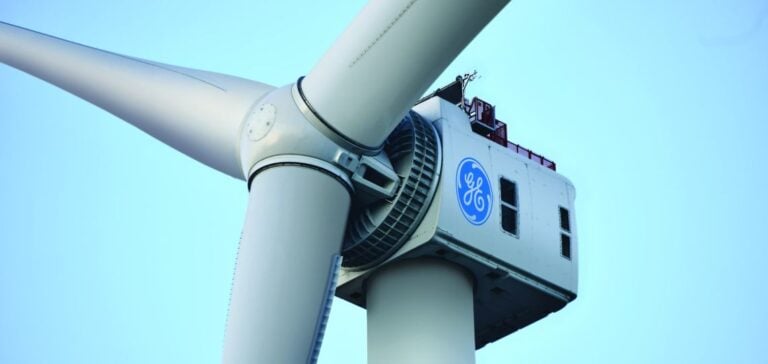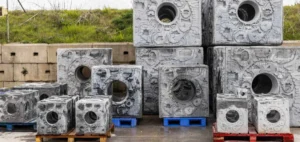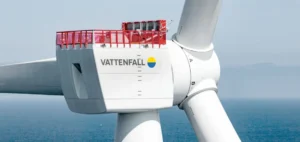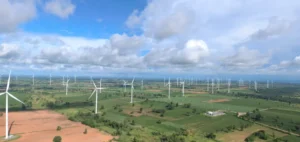GE Vernova, a major player in renewable energy, has announced a strategic order to supply 14 onshore wind turbines with a capacity of 4.2 MW to Eurus Energy Holdings. These turbines are intended for the Iwaya and Shitsukari wind farms located in the Aomori region, in northern Japan. The commercial commissioning of the projects is expected by 2028.
Japan, which aims to increase the share of renewable energy in its energy mix to 38% by 2030, will benefit from this new step. These projects will bring GE Vernova’s total installed capacity in the country to 1.8 GW, consolidating the nation’s commitment to the energy transition.
A Partnership with Eurus Energy
Eurus Energy, a Japanese leader in renewable energy, welcomed this collaboration. Masaru Akiyoshi, Executive Vice President of Eurus, thanked local stakeholders for their support, while emphasizing the importance of these projects in meeting the country’s energy needs.
For its part, GE Vernova expressed its honor in contributing to this initiative, aimed at developing sustainable technologies and strengthening the decarbonization of the energy sector.
Global Ambitions
With more than 56,000 wind turbines installed worldwide and a total capacity of 120 GW, GE Vernova continues to establish itself as a key player in renewable energy. The company deploys cutting-edge technologies to maximize energy efficiency while reducing carbon emissions.
The Iwaya and Shitsukari projects mark another step in the adoption of onshore wind solutions, aligning the company’s goals with Japan’s energy and environmental ambitions.






















